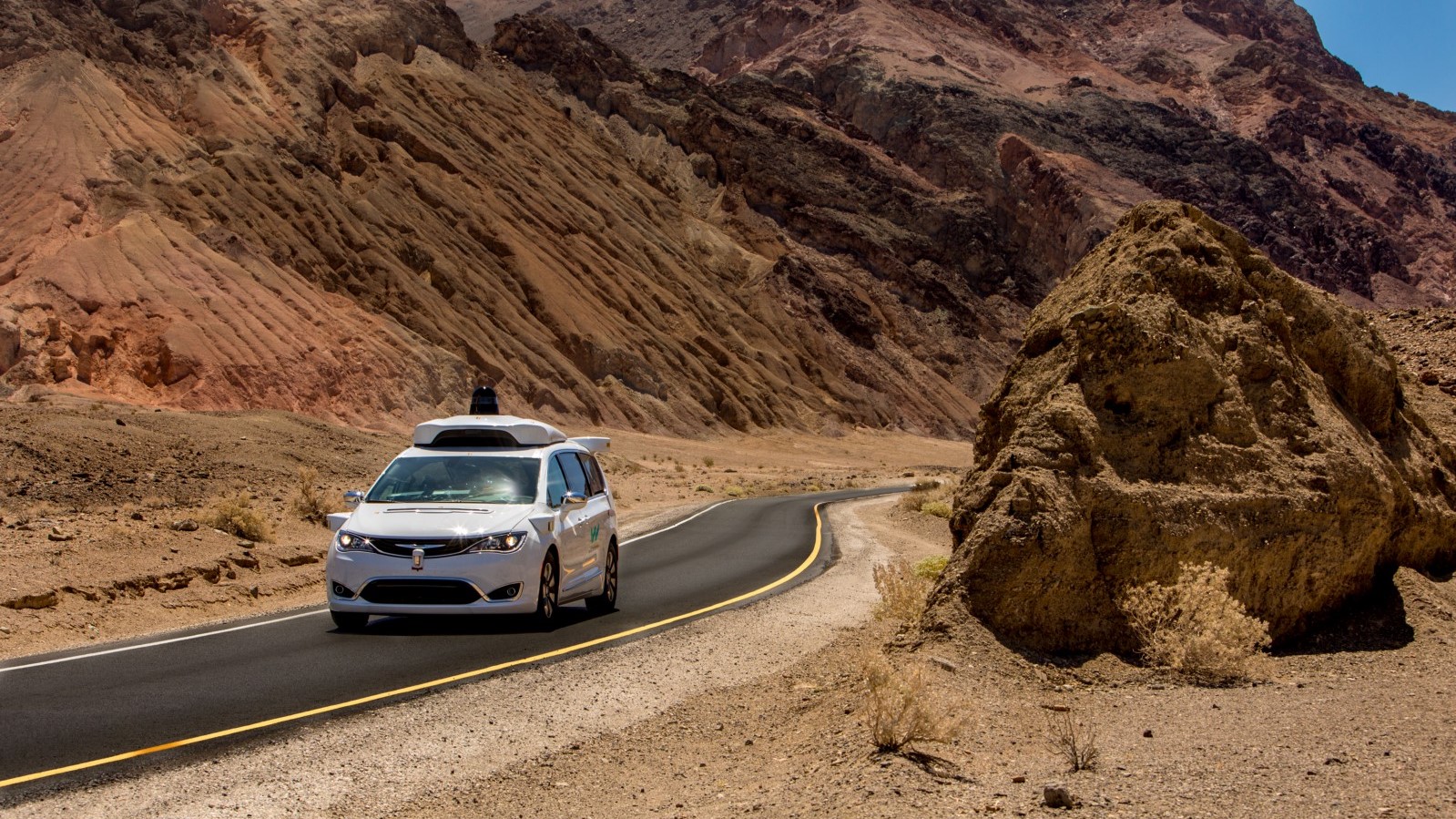

Now that Alphabet’s self-driving car division Waymo can make autonomous cars work pretty well in perfect conditions, it has taken the next step in real-world practicality. Waymo had already tested its cars in the snowy terrain of South Lake Tahoe and last week it went to one of the hottest places on Earth with one of its Chrysler Pacificas, Death Valley, California.
Self-driving cars carry additional equipment that makes the vehicle generate more heat than a normal car. If that special equipment can’t stand up to extreme weather, it would be a big problem for Waymo’s market. Think about how hot your cell phone gets after it’s been sitting in the sun for just a few minutes.
Waymo is not only doing extreme heat testing to make sure all of its systems still work but to ensure that it’s still comfortable inside the cabin. The air conditioning and all other cooling systems still need to work properly in addition to keeping all of the additional self-driving equipment nice and cool.
It certainly didn’t do any cheating when it went to Death Valley. Waymo took its Pacifica to Furnace Creek, the specific location where the highest temperature ever recorded on Earth was taken at 134-degrees Fahrenheit back in 1913. So how did it turn out?
“Our testing confirmed the results of our drive cell work: our hardware is road-ready for extreme heat. By pushing our car to its limits in testing, we can rest assured that no matter where our riders choose to drive—even if that’s in the middle of the desert, on a sunny day, with the air conditioning on full blast—Waymo’s cars will still be able to get them where they need to go,” said an article by the Waymo team.
So, Waymo has an autonomous vehicle that works in the snow and in extreme heat. The road to commercial availability just got a little shorter.
